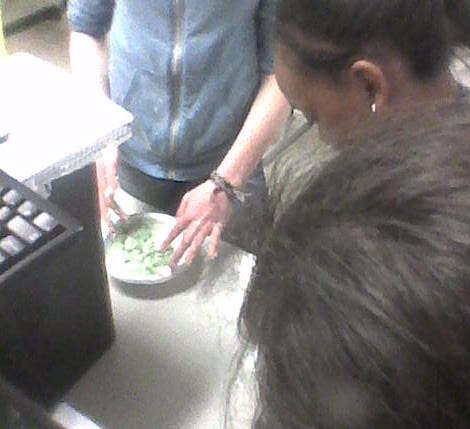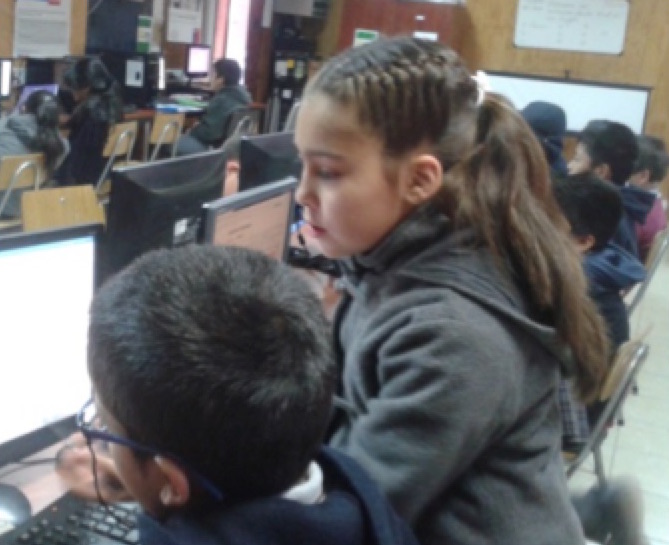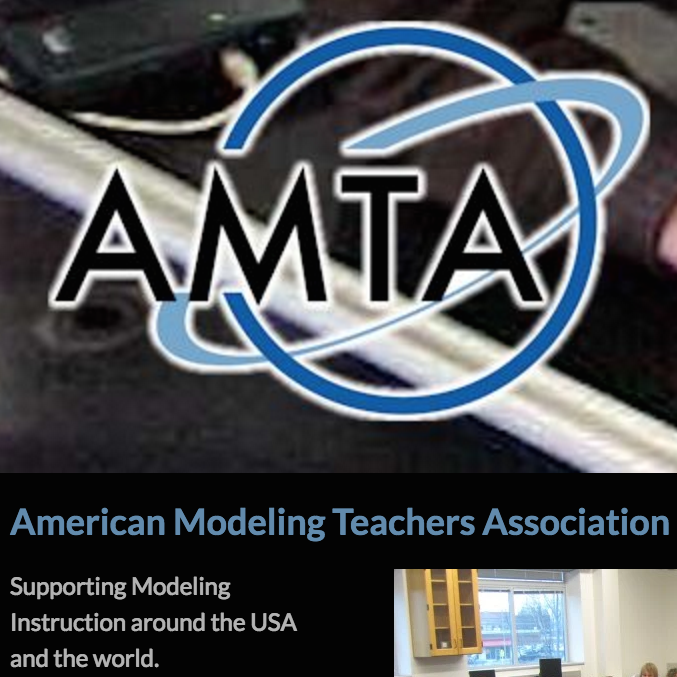
Afterschool Science and Math Integration (ASAMI) integrates skills of mathematics with interesting concepts and hands-on activities of astronomy-based science in the middle school. ASAMI has proven very successful at both engaging students in work, appropriate use of the computer as a tool for calculations, and also improving their math test scores. United States Common Core Mathematics Standards and Next Generation Science Standards (NGSS) are used as ASAMI effectively teaches algebra standards/concepts with Global Hands-On Universe (HOU) curricula to engage English Language Learners (ELL) of ages 12 – 14 years. In our 2014-15 school year pilot and field tests of ASAMI, students classified as ELL met twice a week for a total of four hours a week, at a middle school in California, USA. The evaluation of ASAMI shows that these learners improve their test scores on Common Core Mathematics Standards items [Gain = (post test-pretest)/pre-test] by 46% in our first six week trial and by about 93% in our second semester in the school year. Four other pilots resulted in similar gains. The main algebraic focus and assessment items focused on ratios, proportion, and linear equations, which are used throughout the curriculum of the HOU. Our assessments show that ASAMI is a very effective tool to help focus instruction and demonstrate success in learning through the integration of math and science. While the desire for integrated math and science curricula has been expressed for decades, few quantitative studies of achievement gains have surfaced.
Click ASAMI paper to find the first published paper about ASAMI.

Abstract for ConnectaIdeas from Springer Research
Sustained improvement in student achievement on national standardized tests for low socio economic status (SES) districts is critical for reducing gaps in educational inequality. We report the results of 3 years of implementation of an ICT web-based learning environment in all 11 public schools of a low SES urban district in Chile. This includes 43 fourth grade classes and 1,355 students. This is a Computer Aided Instruction program that promotes whole class collaborative learning with peer support. Effect size on the national standardized fourth grade math test is 0.33, which is three times the national improvement level over the same period and five times the improvement made by a neighboring district with a similar population. On the other hand, the same students did not make any improvements on the national standardized language test. Since each class was taught by the same teacher, only without ICT, we can therefore discount the teacher effect.
ConnectaIdeas project shares a slideshow to help you understand what it is all about.
To apply for a username and password, please go here
To log in to the system with your Log in and password, go here.

The principal Theory of Action is Modeling Instruction (please see http://modeling.asu.edu, and http://modelinginstruction.org/ for American Modeling Teachers Association - AMTA). AMTA leader/Executive Officer Colleen Megowan is a co-Leader of PLANET-STEM. Modeling Instruction is is a robust system of guided inquiry, where students learn to create, test, revise, and deploy their models of systems, and is well buttressed by decades of Physics Education Research (see, e.g., (Hestenes, 1987, 1992, 2010; Hestenes, Megowan-Romanowicz, Osborn-Popp, Jackson, & Culbertson, 2011; Megowan-Romanowicz, 2010; these are among the 34 or so publications on Modeling Instruction, which can be found at http://modelinginstruction.org/researchers/publications/). The software, instructor and tutor training (face-to-face and online), the guides, activities, and other materials will all be constructed to support as much Modeling Instruction as possible within PLANET-STEM.

